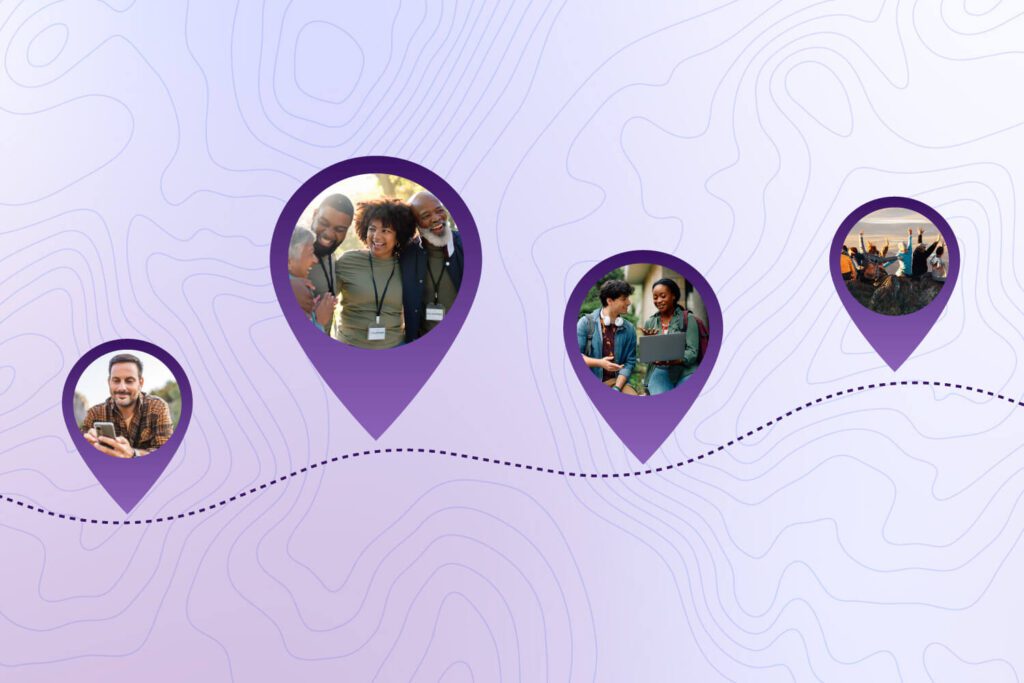In any environment or educational setting, a key indicator of diversity, equity, and inclusion is language. Language has historically been used as a tool of exclusivity, but that does not have to be the case. Even today, some grantmaking organizations use language in the grant writing process as a gatekeeping tool to protect their exclusivity. However, it is possible and essential to use inclusive grant language. This article will review some common ways that grant language becomes exclusive and provide strategies to make grant language more inclusive.
Want to get the most out of your grantmaking program? Make sure to check out Bonterra’s grant management software tools to make the greatest impact, even more efficiently.
Common challenges with grant language
Grant language and the grant announcement, administration, and process go hand-in-hand. Here are some common reasons grant language is less inclusive:- Too vague or too specific. Grant language is often one or the other, which makes it difficult for grant applicants to gauge the level of detail and specificity they should include when applying for grants.
- Assumed knowledge. Many grant questions assume that the applicant is very familiar with the grantmaking landscape. In reality, many potential grant applicants are new to the process and don’t yet have this knowledge.
- Questions center grantmaker experience. Since grant applicants don’t always have prior knowledge of the grant application process, they also don’t understand the process from the viewpoint of a grantmaker. However, funders often write from their own perspective rather than centering their audience.
- Defining the “problem.” In many cases, the question of who is defining “the problem” and the way problems are being defined lead to inaccuracies and exclusivity in grant language. Many times, what is identified as the problem is actually a symptom of a problem that is rooted in systemic inequalities.
Questions to ask when reviewing your grant applications
Creating equal opportunity in the grantmaking process is crucial. Here are some questions you can ask to help make your grant application process more inclusive:- Is the grant language and readability accessible to a nonprofit leader that is newer to the world of philanthropy? Or is in-depth philanthropic understanding required?
- Have you had your grant language reviewed by a focus group of nonprofit professionals?
- Whose vantage point has been used to identify and define the problem(s) you aim to improve?
- Are the problems and solutions identified centered in white dominant culture and positionality?
- Who has been a part of or invited to be a part of your ecosystem as experts? Do they include directly impacted community leaders, practitioners, and other key stakeholders?
- Do you have an up-to-date theory of change that centers community and community members as the experts?
Tips for using inclusive grant language
Here are some tips to help make your grant language more inclusive:- Use specific terms. Being specific can strengthen your message and make it easier for grant applicants to understand your application. Try to avoid catch-all phrases such as “underserved” for more accurate, direct, and descriptive language. For example, say “our community is mostly Chinese,” rather than “underrepresented.”
- Keep language people-focused. Inclusivity acknowledges that people aren’t their conditions and uses language that reflects that. Saying “a person experiencing homelessness” instead of “homeless” will acknowledge that the individual’s identity isn’t the same as their current circumstance.
- Address the systems that lead to observable problems. Some common societal issues are caused by systemic inequalities. Make sure to address these causes in your grant language to provide a comprehensive understanding of the problem. Merely speaking about symptoms can lead to a skewed point of view on the issue and potentially a less effective solution.
Ready to Get Started?




